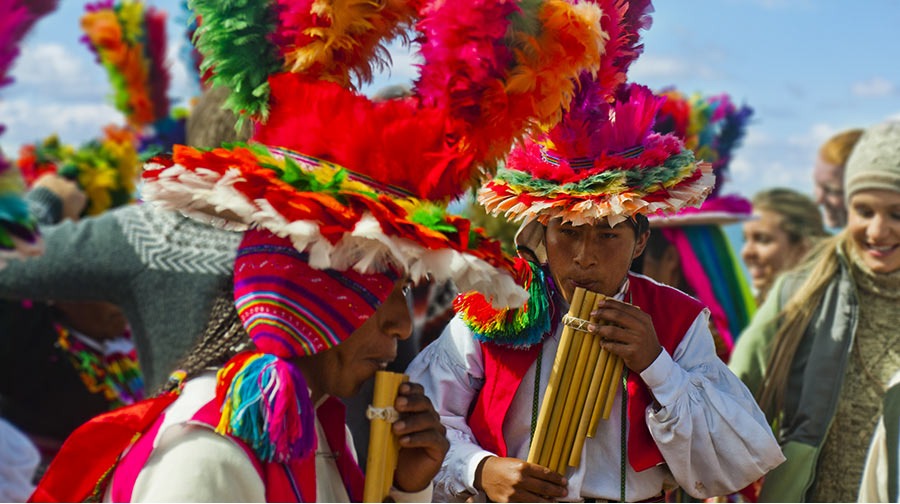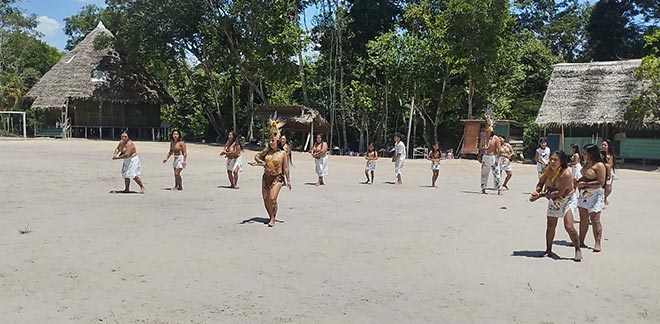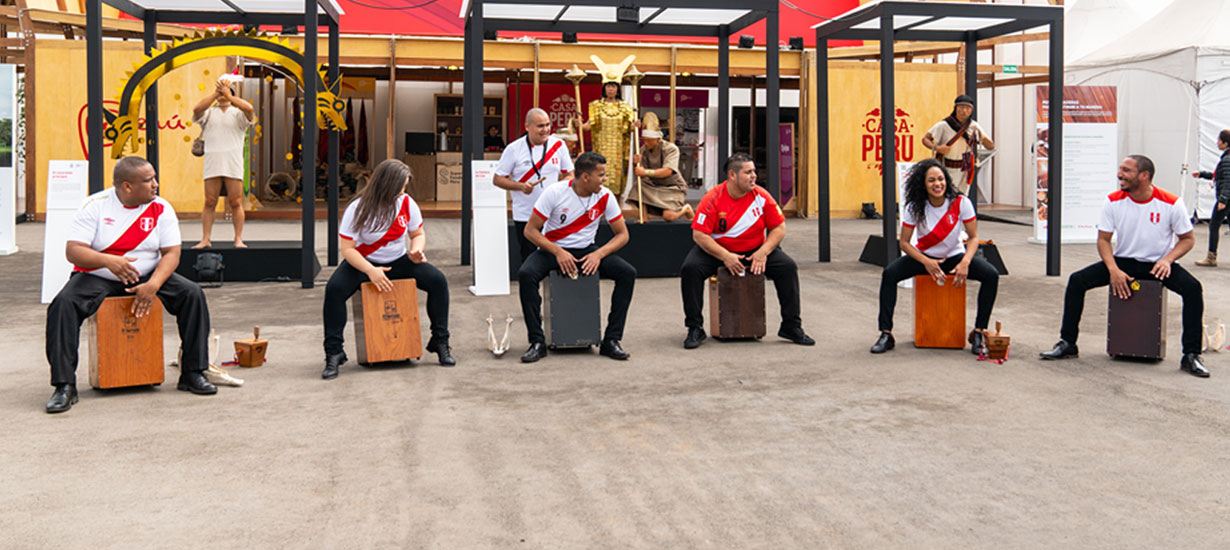The zampoña, the wind instrument that fills our music with pride
Síguenos en:Google News
The Andean musical instrument par excellence is key in the Peruvian folklore. Learn about the varieties, materials and sounds of the zampoña (panpie) here.
The zampoña is a wind instrument that has an Andean origin, especially from countries that composes the Andean highlands, such as Peru, Argentina, Bolivia, Chile, Ecuador, and Colombia. It is considered one of the most important and representative instruments of the Andean culture. Each region has developed its version based on its cultures.
There are more varieties in Peru due to its origin in the Huari culture, which dates to the 5th Century. During this time, the zampoña was known as siku or sikuri, and it was made of stone and clay. Some studies revealed that they were also made from animal and human bones. From the 7th Century, people began to be made it from cane, a material used until today.
The zampoña is made up of a group of tubes (like small flutes) of different lengths and diameters, arranged in one or two vertical rows. Usually, one of the rows has tubes. It is called ira and the row of seven is known as the ark. The tubes are held in parallel by cane strings. These tubes are open at one end and closed at the other. Due to the length of each tube and with the blowing technique, a particular sound is created that produces incredible melodies.
With the thousands of years of existence of the panpipe, this instrument has endless varieties. These are some of the main ones:
- Zampoña antara: it has a row of tubes. His technique is much simpler because the level is basic. In addition, it is very easy to get.
- Zampoña chuli: the smallest. Its sound is quite different from the others since it is very sharp and reaches a very high musical octave.
- Zampoña malta: the most popular among the zampoña players. It is the preferred to play or even to teach. Its note range is perfect for lows and highs.
- Zampoña toyo: the largest one and with very low notes. It needs a lot more air. His technique is the most difficult one.
- Zampoña sanka: it is twice the size of the malt and therefore has a deeper sound.
- Chromatic zampoña: it has three rows of tubes. The third row allows to enjoy midtones that other panpipes do not have.
And many more! The varieties and styles are numerous. What does not change is the importance and millenary history that these beautiful instruments preserve. The zampoña is a musical element that makes all Peruvians proud!









